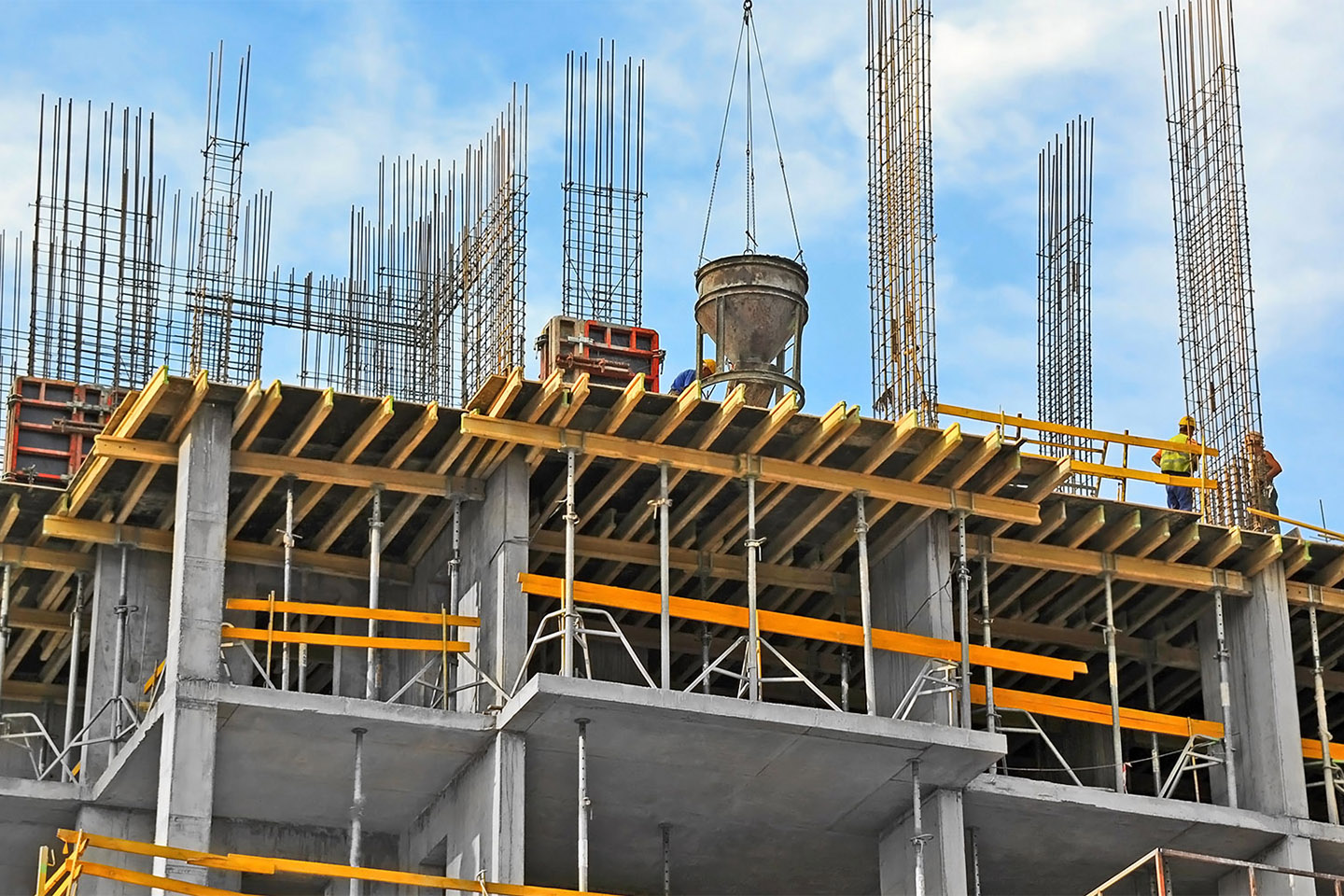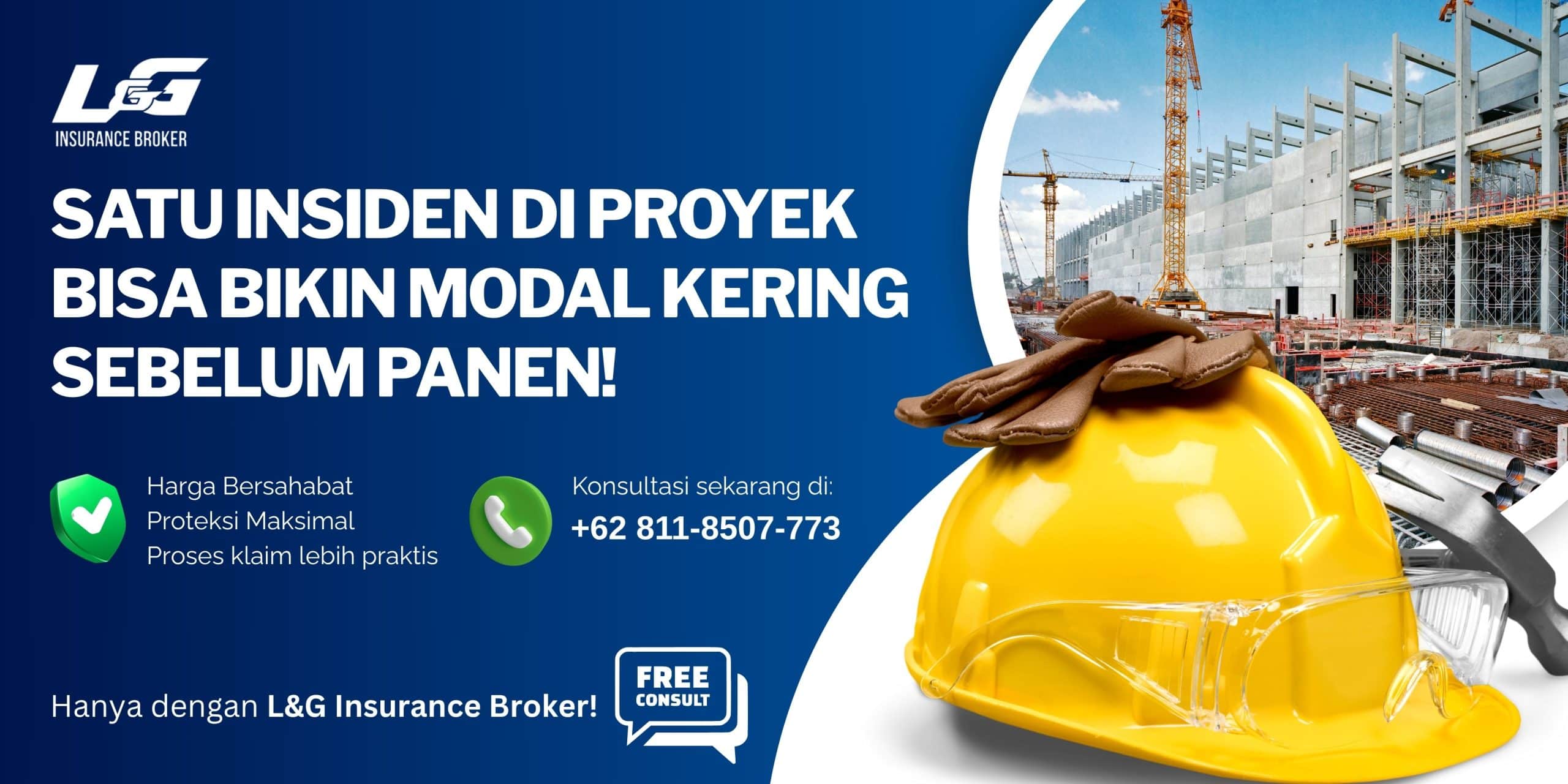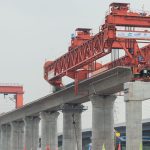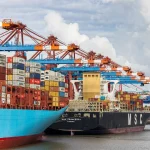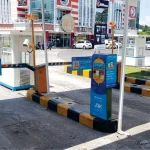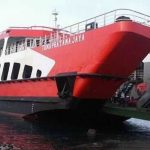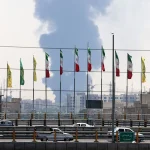Liga Asuransi – Dear readers, how are you? Let’s continue our discussion about risk management and insurance in the construction industry. This is part of some of the posts that have been posted on this website in the last 2 years ago.
As we all know, the construction sector represents one of the most dangerous environments to work in. However, the use of bespoke resource management software can be a very cost-effective way to improve construction site safety and security, alongside providing other benefits.
The nature of the work being undertaken on a construction site (for example, at height, moving large volumes of material, or with electricity) and the tools and equipment being used mean that the consequences of an accident can be significant or even fatal.
But the good news is that the cost of investing in improvements to your construction site safety and security is likely to be much lower than the cost associated with a serious accident.
Unfortunately, construction site safety is all too often overlooked on a project. This is even though the construction industry is associated with most fatal accidents at work, along with a high rate of non-fatal accidents:
- Direct – injury/death to the worker(s), material damages, time lost on the project, etc
- Indirect – staff shortages, lawsuits, delays, budget overruns, etc
Furthermore, there are also other costs in the long run, such as reputational damage, loss of trust by the workforce and client, and potentially strikes by workers.
In this article, we summarize some interesting writings on the internet. If you are interested, please share it with your colleagues so that they also understand like you.
Please find below the measures and efforts that you need to save your projects:
- Risk identification
Workers entering the construction site must be fully aware of all the possible hazards. This means that they must be capable of identifying the construction risks involved where they are working and also know how to prevent them.
- Start with safety training
Site-specific induction training should also be completed by each worker, to point out any high-risk areas and provide instructions for emergency management.
- Minimise and manage risk
Due to the nature of construction work, it’s impossible to eliminate all safety risks. However, many common safety issues can be avoided by conducting regular safety audits and having procedures in place to report, assess and address potential risks.
Make sure that all the necessary insurance policies are on covered.
- Site security
Restricted site access should not only be put in place to simply protect equipment from damage or theft. Security in and outside of work hours is integral to protecting pedestrians from potential construction hazards. This includes supervision or authorized site visitors.
Strict security and safety protocols will also protect contractors from liability and negligence in the case of a safety incident or security breach.
- Safe work method assessment
A safe work method statement (SWMS) must be prepared for all high-risk construction projects before work commences.
The SWMS should outline the scope of work involved, any potential safety issues, and how risks will be prevented and managed. By law, construction work must not commence until SWMS standards are met.
- Use clear signage throughout the site
The site SWMS should be displayed at the construction site so that all safety protocols are readily available – including a 24-hour emergency contact number and a map or directions to the site office. Visible signage should also indicate site amenities (such as toilets), entry and exit points, and first aid or emergency fire equipment.
- Entry and exit points
Separate entry and exit points should be established for heavy machinery/vehicle access, to strengthen pedestrian safety at high traffic points.
- Compliant chemical storage
Chemicals need to be stored very carefully to minimize fires, explosions, asphyxiation, chemical injury, and pollution on worksites. Use high-quality, compliant outdoor storage solutions such as explosive storage cabinets to segregate chemicals and reduce spillage.
- Environmental conditions
Extreme weather conditions can cause serious safety hazards. Your on-site emergency plan should provide clear guidelines for workers who need to stop work in the event of natural disaster, severe environmental conditions, or other emergency circumstances.
- First aid
For the construction industry, it’s best practice to provide one first aid officer per 25 workers. First aid kits and equipment must be placed in an easily accessible area on site.
- Provide personal protective (PPS) equipment
In many situations, an employer is obligated to provide PPS such as high vis vests, safety goggles, and safety harnesses to construction site workers. To find what PPS you are required to provide for a specific project, contact Safe Work Australia.
- Dropped objects
Construction safety doesn’t end once the project is completed, and your workers have gone home. All parties involved in the construction process have a responsibility in ensuring that the right
- On-site equipment
Each worker should be able to execute a task by using the equipment that is best suited to it. In addition, this equipment should be in a satisfactory condition. Therefore, a construction company has the responsibility both to provide the right equipment for the task and to ensure that it is well maintained.
The maintenance, location, and ownership of an item can be monitored using unique construction software, to provide a clear overview of its use of it on-site.
- Supervision
Although all workers should be able to identify and avoid hazards on-site, in practice it is often much more complicated than that. For example, a worker could become distracted, believe they “know better”, or simply not be fully alert or aware of the danger.
- Communication
The correct flow of vital information is key to avoiding an on-site accident. This information can relate to the status of a worker, to make sure that only authorized people enter the site.
Other information can relate to the need for maintenance of equipment and therefore ensure that it remains in a satisfactory condition.
Overall, keeping track of what is happening on-site and relaying this information back to head office is a good practice to ensure that every safety measure is being followed.
The most common health and safety hazards on construction sites can be filed under the following categories:
- “Struck-by” hazards
- Ergonomics
- Fall hazards
- Heavy equipment operation
- Occupational disease
- Heavy Equipment Operation Safety
Construction workers are at high risk when operating or working around heavy equipment. Heavy equipment hazards include being struck or crushed by equipment and loads that aren’t properly secured.
For safety heavy equipment operation, the following should be prepared:
- Do not operate heavy equipment machinery without the help of a dedicated signaler.
- Do not operate heavy machinery unless there is a clear view of the pathway.
- Do not use power equipment without proper guards.
- Do not wear baggy clothing and tie back long hair when operating equipment with mobile parts.
- Familiarize yourself with the operating manual.
- Grader Heavy Vehicle at work
- Heavy equipment should be properly maintained.
- If you are not qualified, competent, and trained to do so, and if you do not have the required or necessary licenses/tickets to do so, do not operate heavy equipment machinery.
- Manufacturers’ operating manuals should be readily available for workers who must be trained in equipment operation.
- Operate machinery as per manufacturers’ operating manuals.
- Supervision should ensure that workers are always complying with regulatory requirements.
- Ergonomic Safety
Ergonomic hazards are most often due to repetitive movements, awkward positions, prolonged exertion, inadequate rest periods, cold temperatures, and lack of task variability. These factors place tension at unsafe levels on the body’s musculoskeletal system.
The following steps should be done:
- Alert workers to MSI hazards involved in their job.
- Be aware of MSI hazards on the job.
- Check-in with workers to ensure that preventative measures are effective.
- Construction worker bending over
- Do not ignore early signs of MSI symptoms.
- Dress appropriately for cold temperatures.
- Encourage workers to report early signs of MSI symptoms or concerns to their supervisor.
- Put precautionary measures in place to protect workers from MSI.
- Reduce repetition and engage in task variability.
- Report any signs or symptoms of MSI to your supervisor or manager immediately, do not wait.
- Take adequate rest periods, intentionally resting the areas of the body that experienced exertion or stress.
- Take an audit of MSI hazards on the job.
- Train workers on using proper body mechanics and lifting methods.
- Understand the worker’s right to refuse unsafe work.
- Use proper body mechanics and lifting methods when lifting, lowering, pulling, and pushing.
- Disease or Illness Safety
An occupational disease is caused by exposure to a biological, chemical, or physical agent that affects the health of the worker. Hazardous agents causing occupational disease could be viruses, bacteria, asbestos, or even noise exposure – one of the most common construction health hazards.
The following steps should be observed:
- Always follow safety protocols.
- Construction worker with PPE
- Employers are required to provide workers with appropriate respiratory protection wherever workers are exposed to a hazardous substance that meets or exceeds the exposure limit.
- Ensure employees are trained in the proper care, use, and limitations of PPE.
- Ensure you always wear PPE when required to do so.
- Maintain a record of your exposure to asbestos or any other hazardous substance using your local exposure registry.
- Practice good personal hygiene on site. Read the Infrastructure Health and Safety Association’s guidelines for maintaining good personal hygiene on construction sites.
- Prevent diseases spread by biological agents by providing proper toilet and clean-up facilities, proper waste removal, running water, and soap on site.
- Prevent hearing loss by providing workers with appropriate hearing protection. For example, screen for hearing loss by a testing hearing before employment as well as occasional testing throughout employment.
- Report unsafe conditions to supervisors.
- Understand the worker’s right to refuse unsafe work.
- Stuck-by Safety
The presence of vehicles and mobile construction equipment on-site puts workers at risk of serious injury or death.
- Construction Worker Wearing Bright Safety Gear
- Do not operate vehicles unless there is a clear view of the pathway.
- Do not operate vehicles without the help of a dedicated signaler.
- Ensure that adequate signage is in the place where vehicles or mobile construction equipment is driven.
- Ensure that signallers and equipment operators are well-trained.
- For Workers
- Make supervisors in charge of ensuring that workers are wearing high-visibility clothing.
- safely operate mobile equipment and vehicles.
- Plan for construction projects to avoid or minimize reversing vehicles.
- Report any known workplace hazards to the supervisor.
- Report equipment defects to the supervisor.
- Understand the worker’s right to refuse unsafe work.
- Fall Hazards Safety
Falls are one of the most common causes of critical injuries and fatalities at construction sites. Poor lighting, lack of guardrails, unguarded openings in surfaces, missing protective equipment, messy working conditions, and many other factors contribute to the risk of falling.
To avoid fall risks the following steps should be taken:
- Construction worker on top of the building
- For Workers
- Inform workers of potential fall hazards as well as the safety practices required to prevent falls.
- Instruct supervisors to monitor the use of personal protective equipment.
- Only work at high heights after undergoing proper fall prevention training.
- Provide adequate supervision and work safety planning.
- Train workers on the proper use of the fall protection system.
- Train workers to keep workspaces tidy.
- Understand the worker’s right to refuse unsafe work.
Conclusion
The cost of putting the right safety and security measures in place is likely to be much lower than the cost of an accident. Due to the high risk of accidents in the construction sector, it is vital to prevent them by allocating an appropriate budget for such measures.
Why do you need an insurance broker for your Project insurance?
Insurance brokers are insurance experts who understand well the ins and outs of insurance coverage. They understand the insurance coverage you need.
They design insurance programs and negotiate them with several insurance companies that can provide the best guarantees.
In addition, insurance brokers also negotiate the most efficient premium rates without reducing the guaranteed benefits provided by the insurance policy.
One of the insurance brokers companies in Indonesia experienced in the field of construction insurance in Indonesia is L&G Insurance Broker.
For all your company’s insurance needs contact L&G right now!
Sources:
- https://paladinsecurity.com/safety-tips/construction-safety-tips/
- https://www.latham-australia.com/blog/safety-measures-construction-site
- https://traxxeo.com/en/blog-en/on-site-control/5-best-practices-for-construction-site-safety-and-security/
- https://www.gvlock.com/blog/security-measures-for-construction-sites/
—
Looking for Insurance Products? Don’t Waste Your Time and Contact Us Right Now
L&G HOTLINE 24 HOURS: 0811-8507-773 (Call – Whatsapp – SMS)
website: lngrisk.co.id
E-mail: customer.support@lngrisk.co.id
—

